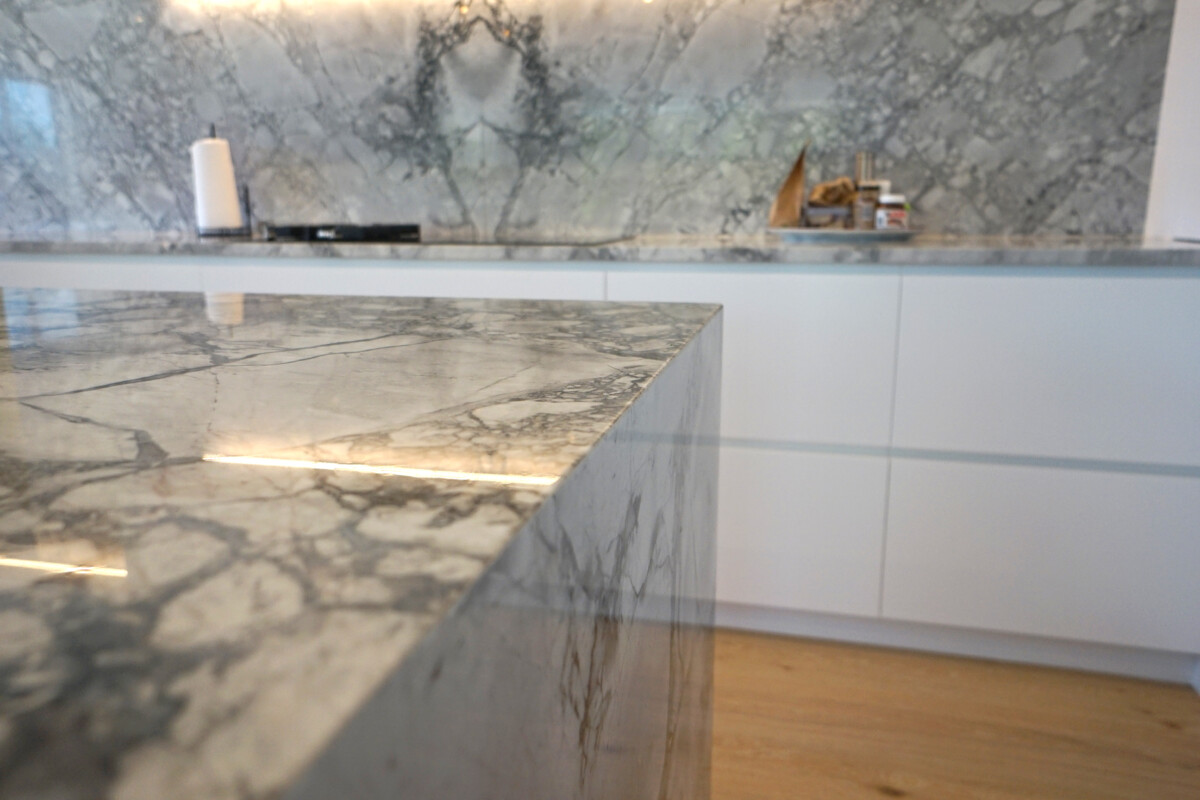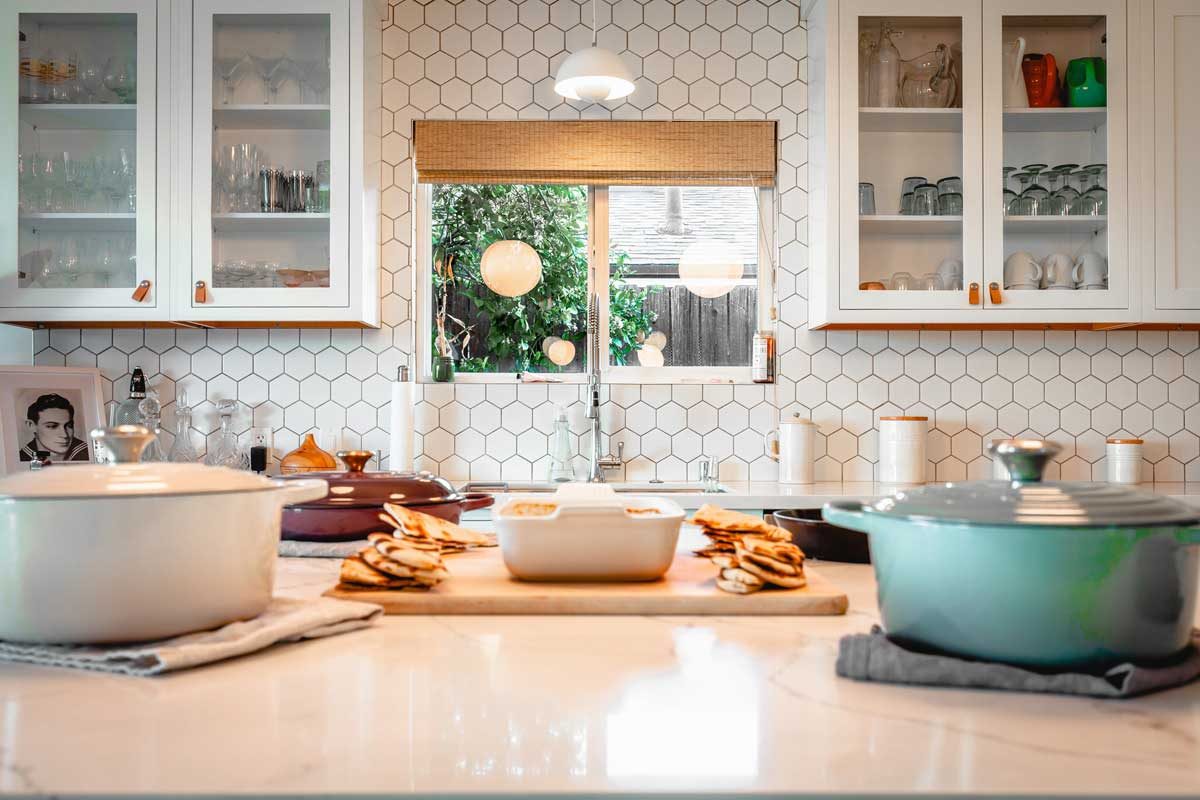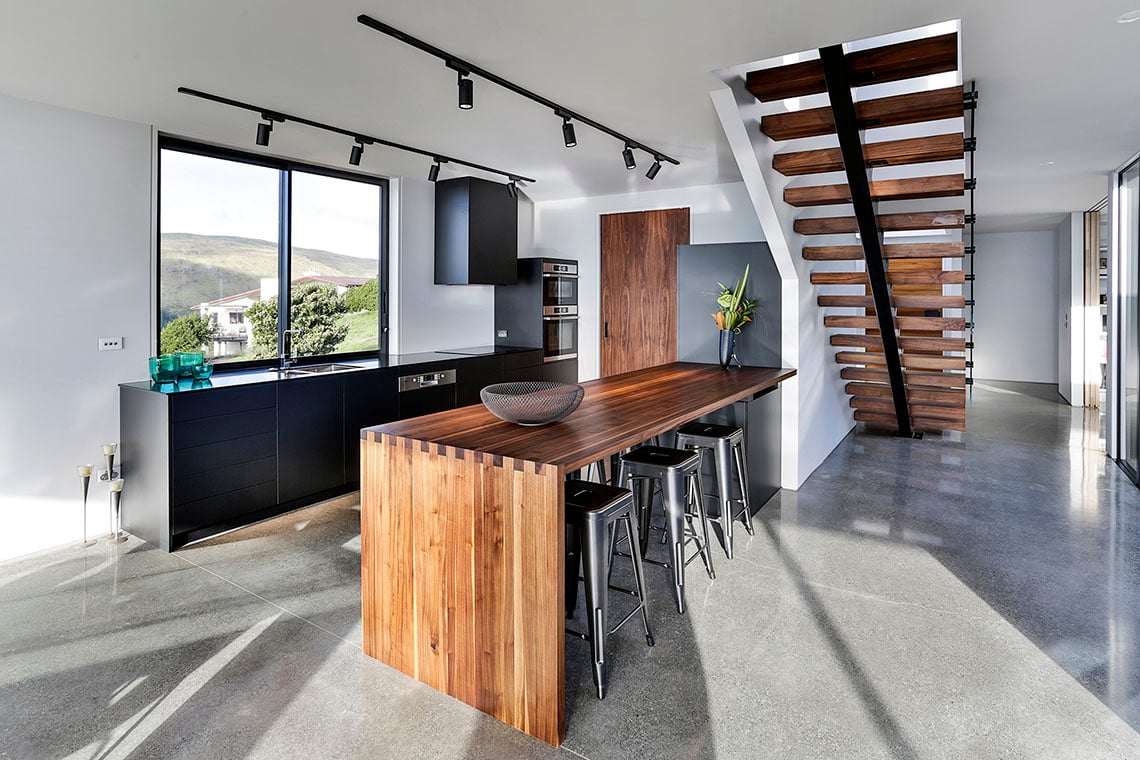Essential Tips for Keeping Your Kitchen Area Benchtops for Long-lasting Elegance
Preserving the charm and durability of your kitchen benchtops needs a thoughtful method to care and cleansing. Routine upkeep techniques, such as utilizing gentle cleansing solutions and safety procedures, can significantly prolong the life of these surface areas. It's crucial to comprehend which items can protect their honesty while protecting against damages. Additionally, resolving spills quickly and using easy safety techniques can make a noticeable distinction. With numerous materials and coatings available, the ideal strategies may differ-- discovering these nuances can reveal unexpected understandings for your kitchen care regimen.
Normal Cleaning Practices
Maintaining a beautiful kitchen area benchtop begins with executing regular cleaning practices. Developing a constant cleaning routine is important to stop the accumulation of dirt, grime, and microorganisms, making sure both hygiene and aesthetic appeal. A day-to-day cleansing program ought to involve cleaning down surface areas with a soft fabric and cozy, soapy water to get rid of food bits and spills. This easy practice not just maintains the benchtop looking fresh however additionally reduces the risk of contamination.
In enhancement to everyday upkeep, a regular deep clean is suggested. Throughout this process, consider making use of a much more extensive solution, such as a mild multi-surface cleaner, to tackle any kind of persistent stains or deposits. For materials like granite or quartz, it is vital to comply with manufacturer suggestions for cleansing items to protect their stability.
Pay special focus to high-traffic areas where spills are most likely to happen, and don't neglect to clean up the sides and corners where dust can gather. Regular cleansing not just boosts the long life of your kitchen area benchtop however likewise makes certain a safe and inviting cooking atmosphere. By developing these routines, property owners can maintain the elegance and performance of their cooking area surfaces in time.
Preventing Extreme Chemicals
When it comes to cleaning up cooking area benchtops, selecting the appropriate cleansing items is paramount (Kitchen Benchtops). The longevity and visual allure of your benchtops can be substantially compromised by the usage of severe chemicals. Lots of conventional cleaning representatives contain unpleasant substances that can scratch and dull surfaces, causing unpleasant marks and a decrease in their general life expectancy
In addition, rough chemicals can respond adversely with specific products, such as all-natural stones or engineered surfaces, possibly causing staining or destruction. Acidic cleansers can deteriorate the coating of granite or marble, while bleach can harm synthetic surfaces. It is crucial to choose for pH-balanced, gentle cleaning remedies that effectively remove dust and spots without risking harm to your benchtops.
In addition, lots of environmentally friendly products are readily available on the marketplace, which not only offer safe cleansing alternatives however also add to a healthier kitchen environment. If you choose a DIY approach, a combination of warm water and mild soap can be very efficient (Kitchen Benchtops). By avoiding extreme chemicals, you can maintain the elegance and stability of your kitchen benchtops for several years to find
Using Trimming Boards
Utilizing cutting boards is necessary for securing your kitchen benchtops from square one and damage while preparing food. These boards function as an obstacle between your blades and the surface area of your benchtops, dramatically minimizing the risk of undesirable marks and wear. It is a good idea to utilize a reducing board made from materials such as timber, bamboo, or plastic, as each deals distinct advantages.
Wood cutting boards are known for their durability and knife-friendly residential or commercial properties; they can assist maintain your knives sharp. Bamboo boards are a green choice that is light-weight and immune to blade marks. Plastic cutting boards, on the various other hand, are simple to clean and usually dishwasher secure, making them a practical choice for daily usage.

Sealing and Shielding Surfaces
Shielding your cooking area benchtops extends beyond making use of cutting boards; sealing the surface areas plays a pivotal function in protecting versus stains, moisture, and use. The appropriate sealant can improve the resilience of products, such as granite, quartz, and timber, ensuring they maintain their aesthetic charm with time.

Application of the sealant must be performed more helpful hints in a clean, dry environment, adhering to the manufacturer's directions for ideal outcomes. Normally, this involves cleansing the surface area thoroughly, applying the sealant uniformly, and enabling it to treat as advised. Routine maintenance, consisting of resealing every 1-3 years relying on usage and material, will boost defense and lengthen the life of your benchtops, ensuring they remain a magnificent focal point in your cooking area.
Resolving Discolorations Immediately
Spots on kitchen benchtops can promptly become a substantial issue if not resolved immediately. The longer a stain remains, the harder it ends up being to remove, potentially resulting in permanent discoloration and damages to the surface. For that reason, it is necessary to deal with spills and spots as quickly as they occur.
Various products call for specific approaches to discolor elimination. For example, non-porous surfaces like quartz can typically be cleaned with light soap and water, while porous materials, such as all-natural rock, might require specific cleansers to stop fluid infiltration. Constantly describe the producer's guidelines for the best cleansing techniques.

Normal maintenance, including securing permeable surface areas, can considerably minimize the threat of staining. By immediately addressing spills and recognizing the specific requirements of your benchtop material, you can protect the visual appeal and capability of your kitchen area surfaces for many years ahead.
Verdict
In final thought, preserving the appeal and capability of kitchen benchtops requires adherence to important cleaning methods, avoidance of severe Check This Out chemicals, and making use of protective read the article procedures such as cutting boards. Routine sealing of porous materials and prompt attention to spills and discolorations are critical for preserving the integrity of surface areas. By applying these approaches, the long life and visual charm of cooking area benchtops can be significantly boosted, ensuring a pristine and sturdy cooking atmosphere.